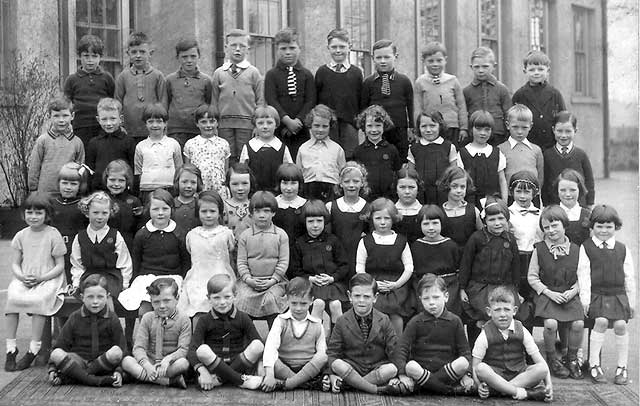Shopping for vintage can be the modern fashionista's most gratifying, thrilling, exciting and satisfying experience. On the other hand, it can be the most overwhelming, time-intensive sometimes frustrating shopping trips! It is a labor of love. The best way to go about it is to have a plan; get into a state of mind. Don't approach a vintage store with the idea of shopping a department store- you will fail.
 |
Before setting out, take a good look at what you already own so-far-as modern pieces. Take a mental snapshot. Then think about your look; style is a lot about conveying your personality. Who are you projecting to others? What is your career/ profession? How do you feel when you wear certain things?
Then, get inspiration. Fashion mavens like Rachel Zoe and Rachel Bilson are big into combining vintage with modern. Polyvore is a fun website to customize looks. Vogue magazine is a tremendous resource if you're well versed at interpreting styles.
Here is a list of my favorite things to shop for: (for the novices!)
- Skirts (pencil, circle styles are always easy to find, easy to fit and mix well with a new top)
- Handbags. Endless options.
- A really great necklace
- Scarves! You can do so much with these, they always come in amazing patterns and are inexpensive.

Design a Circuit
Research vintage shops in your area and set aside an afternoon to hit a few up. The worst mistake when vintage shopping is to be short on time. You will never find the same item in each shop and each store has a different way of merchandising. Get to know your favorites, and go often. Inventory is always changing and really amazing finds go fast. Shop as an experience, not a mission!
Open Your Mind
If you are looking for a specific item, chances are you'll get frustrated trying to find it. Keep an open mind. If you're just getting used to the idea of wearing vintage, start with an accessory. Follow your taste; don't buy anything too trendy or it will just end up in the back of your closet.
If you spot a really great dress one size up or down but you're in love- buy it! A tailor can be your best friend and chances are you won't come across it again. Remember, vintage pieces are pre-loved. A fantastic cashmere sweater missing a button? Re-vamp it and put all new, or better yet- vintage- buttons on it.
Talk to the Staff
Don't hesitate to ask questions about the garment's history or fabrication. ask for suggestions on what to wear it with. Many times, the person working there is in the business because they are passionate about clothes and eager to share their knowledge. Examine things closely for loose seams, mold, moth holes, stains and tears.
Understand the Retail Market
Clothing is just not made today like it was even 40 years ago. Knowing what you will pay at a department store for a dress of the same (or lesser) quality will make you not even think twice about dropping $85 on a vintage stunner. An added bonus is that you can be sure not to run into a woman wearing the same dress- gasp!
Truth is, fashion design has changed dramatically. Quality fabrics have become scarce, or it is not appreciated as much in the mass market today . Trends turn over quickly, so there may not be as much value in using quality fabric and craftsmanship. The kind of tailoring, fabrication and attention to detail seen in vintage can still be found today- but expect to pay a pretty penny.
| These vintage Gucci boots scored for $99 at Circa Vintage! |
Bottom line: To customize your look, add a touch of the old world to your already fabulous wardrobe. You will have fun, it will be a hobby, you won't spend as much as department-or big box stores, and expect to be admired. The complements will roll, in which you can proudly say; "It's a vintage piece." Knowing there likely are few of the same. You have something genuinely unique- which no one can run out to Anthropologie to score the same.










